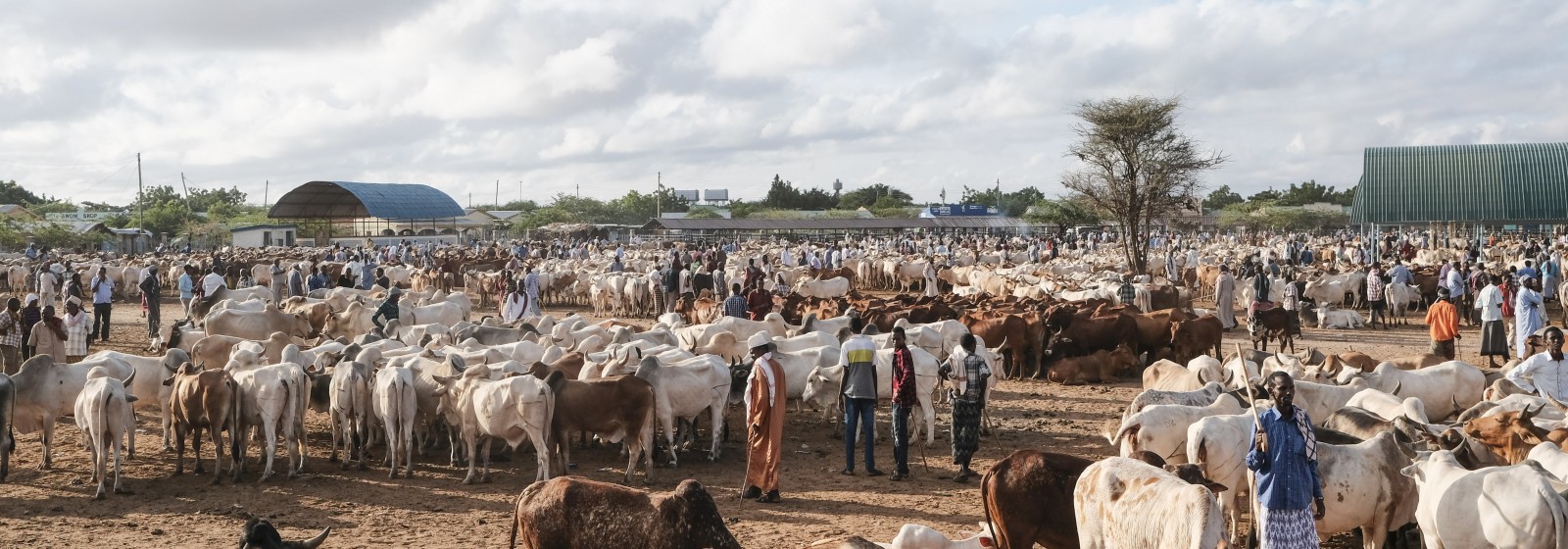Demand for meat, milk and eggs is increasing rapidly, especially in developing countries. Over half a billion small-scale producers, majority of them women, currently meet most of the demand for most animal commodities.
Livestock and their products play essential roles, contributing to most household incomes in many countries. Livestock assets are a way to save and insure against risk. These assets are typically invested in other enterprises, multiplying livelihood opportunities and often used for children’s education, contributing to a generational escape from poverty. Women typically keep and market small stock, usually their most important income source, so they can feed their families. Livestock value chains provide employment opportunities for input suppliers, service providers and traders.
However, small-scale livestock keepers and producers face enormous challenges to exploit the growing markets. Livestock productivity is low in developing countries, with yield gaps of up to 300%. Farmers often lack access to essential knowledge, inputs and services to increase productivity and profitability. Multiple risks, including disease, climate and market shocks can limit their ability and willingness to innovate. Gender disparities hold women back while young people’s involvement in livestock enterprises is constrained by access to capital (land, financial) and cultural norms.
Towards agricultural research for development objectives
The CGIAR Research Program on Livestock (Livestock CRP) provides research-based solutions to help smallholder farmers, pastoralists and agro-pastoralists transition to sustainable, resilient livelihoods and to productive enterprises that will help feed future generations. It aims to increase the productivity and profitability of livestock agri-food systems in sustainable ways, making meat, milk and eggs more available and affordable across the developing world.
To do this, five interacting areas are being addressed: (1) the genetic potential of the animals kept, (2) their nutrition, (3) their health, (4) their interaction with the environment, and (5) the livelihoods opportunities livestock offer through better management, agri-business models and policies.
Based on these five areas, the program aims to:
- Ensure that appropriate livestock breeds are readily available, affordable and widely used by poor women and men livestock keepers.
- Improve livestock health and health service delivery.
- Increase livestock nutrition by identifying, testing and delivering superior feed and forage strategies and options.
- Reduce the environmental footprint of livestock production across both rapid and fragile growth trajectories, while ensuring that livestock systems in target countries are able to adapt to global environmental changes.
- Maximize livestock-mediated livelihoods and resilience to risk among smallholder and pastoral producers and their communities, whilst enhancing availability and access to animal-source food for rural and urban consumers.
Research on gender, and on young people, features in each flagship with a strategic research agenda addressing issues of gender and social equity in the Livestock Livelihoods and Agri-Food Systems flagship. Capacity development, both capacity to undertake livestock research and to use research results is integral to the program’s theory of change, as are innovative approaches to communication.
